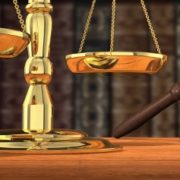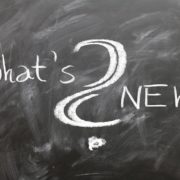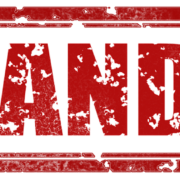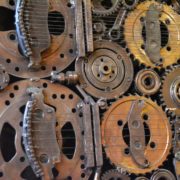How to file a patent?
How to file a patent?
How to write a patent?
Vast questions!
The patent is essentially an industrial property right allowing the legal appropriation of a technical innovation. We can speak of a legal monopoly.
In return for this monopoly authorized by the state, the applicant must give a minimum of information on his invention.
The drafting of a patent application is subject to a particular formality, and must be done meticulously to avoid as much as possible third parties circumventing the patent, and to avoid insurmountable objections within the framework of the granting procedure.
The patent application includes a description, claims and possibly drawings. These different elements will be presented below. The request is thus filed with the Patent Office (INPI, OEB, OMPI, UKIPO, IPI, DPMA… depending on the case).
I- Claims
(how to write patent claims?)
This is a substantially synthetic part, at the end of the text of the patent application.
The claims are actually a set of features that define the invention. Each technical characteristic must be formulated as clearly as possible so that by reading the claim, one understands what is the subject matter for which a protection is sought.
In legal terms, the claims define the subject matter of the protection sought. They should be clear and concise and be based on the description. (Art. 84 EPC).
The claim is generally drafted like this: a device comprising an element X, an element Y, (characterized in that it comprises) an element Z.
II- Description
(how to write a patent description?)
The description presents the details of the invention. It must be the subject of a usual formalism, presenting separate parts.
The purpose of the description is to explain what already exists, how the invention differs from what already exists, and what specific advantages each feature brings.
The description must allow a person skilled in the art to be able to carry out the invention to the risk of facing an objection of insufficient description.
III- Drawings
The drawings illustrate the patent application when necessary. The elements of the invention in the drawings are identified by generally numerical references which are reproduced as such in the description for the corresponding explanations, and in parentheses in the claims, to facilitate reading and understanding.
IV- Abstract
The abstract is essentially a summary of the invention. It is generally illustrated by one of the figures when applicabe.
Conclusion
(how to file a patent?)
SOTERYAH IP assists you in the preparation and filing of your patent applications in particular in France, in Europe, and Internationally.






